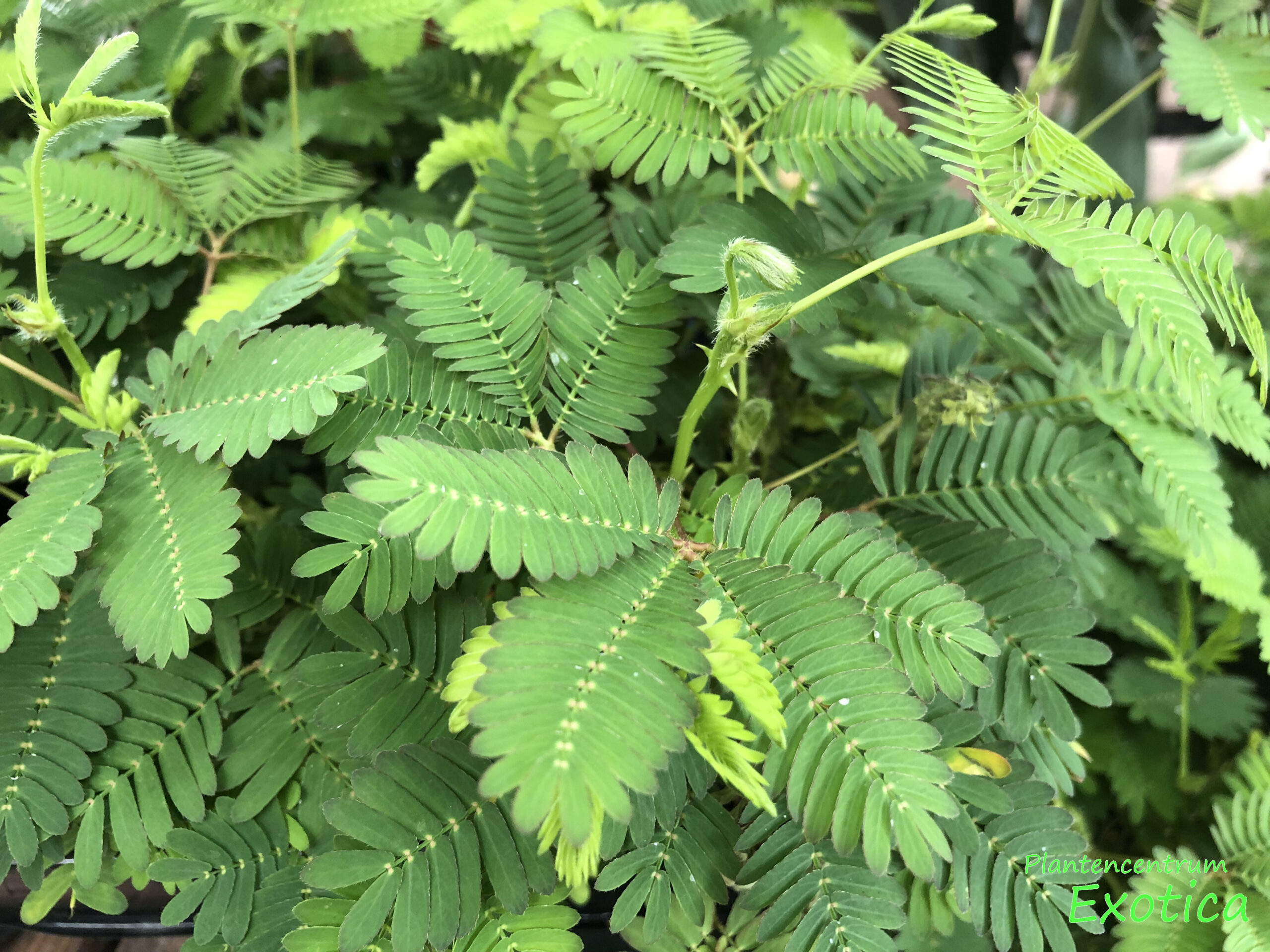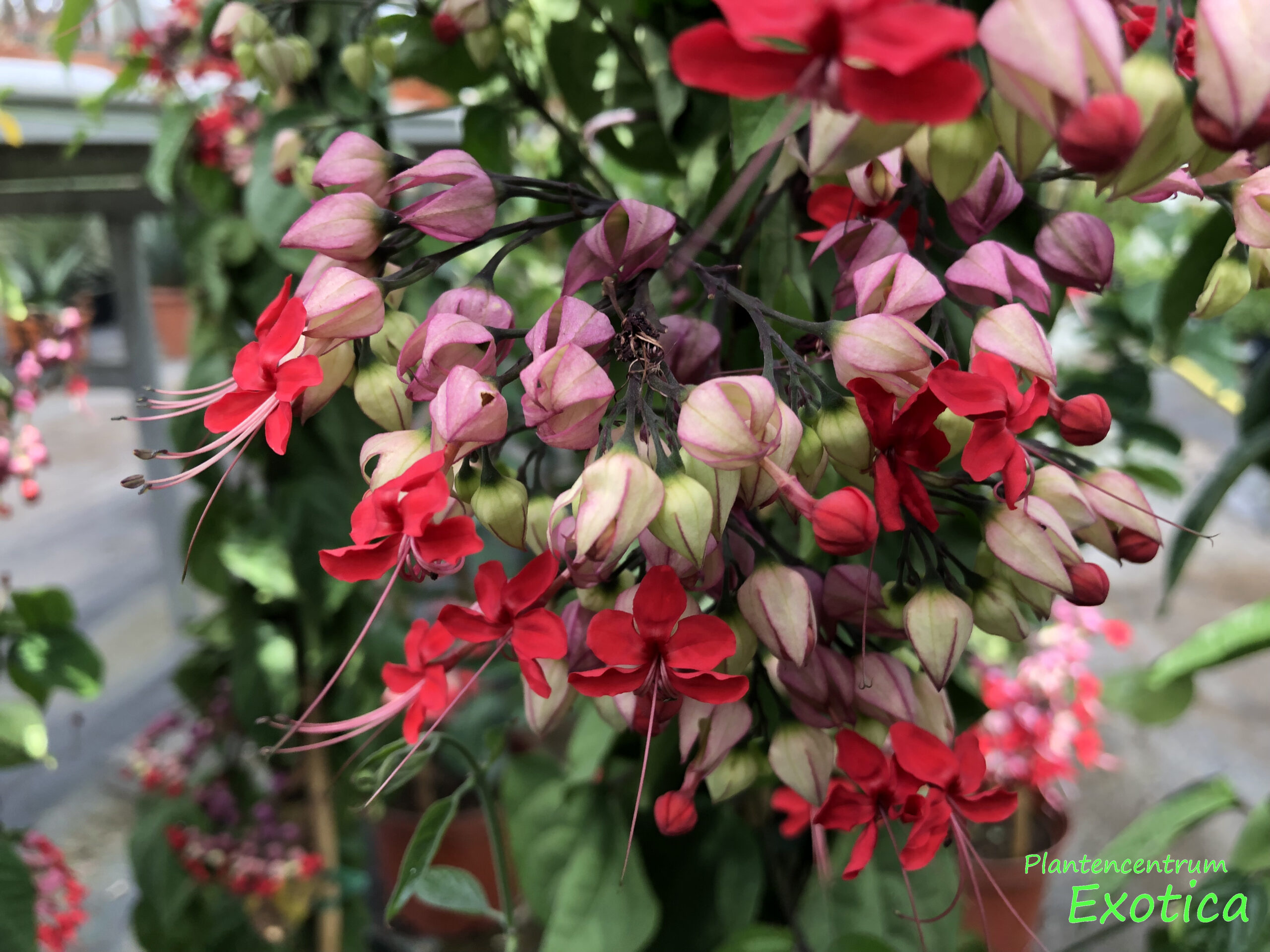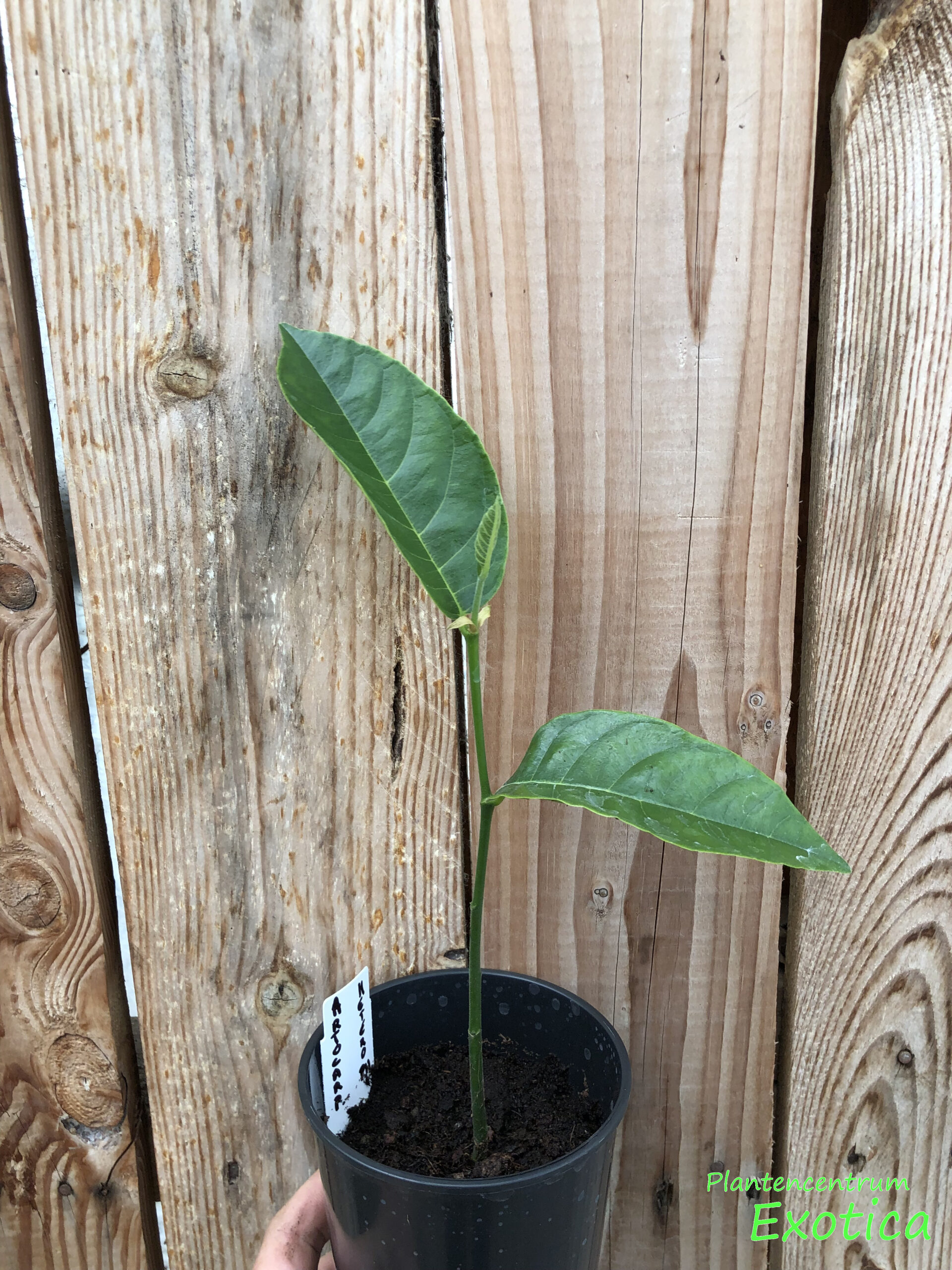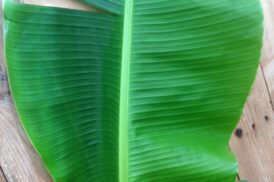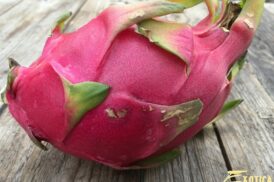Artocarpus Heterophyllus – Nangka – Jackfruit
€19.95
| Min Temp : | +15°C |
| Location: | Sunny / Partial shade |
| Water requirements : | Medium to high |
| Flowering period : | Summer |
| Scented : | No |
| Edible: | Yes (fruits) |
| Use: | Container / Terrace plant |
| Evergreen: | Yes |
| Height: | Up to 2m and more |
Description
The Artocarpus heterophyllus, commonly known as the jackfruit or nangka, is a tropical fruit tree known for its enormous, sweet fruits.
The jackfruit is the largest tree fruit in the world and can reach a weight of up to 30-40 kg. The fruits have a spiky, green skin and contain sweet, yellow pulp and large seeds.
The leaves are dark green, glossy and oval in shape. They are leathery and can reach a length of 15-20 cm.
The tree produces male and female flowers on the same tree (monoecious). The flowers grow directly on the trunk and thick branches, a phenomenon called cauliflory.
The jackfruit tree can reach a height of 10-20 meters and has a dense, broad crown.
The jackfruit is native to the rainforests of southern India and has been cultivated in Southeast Asia for thousands of years.
Today, the tree is grown in many tropical regions around the world, including Brazil, East Africa, the Caribbean, and parts of Australia.
The flesh of the jackfruit is eaten both ripe and unripe. Ripe jackfruit is sweet and is often used in desserts, smoothies, and snacks. Unripe jackfruit has a meaty texture and is used as a meat substitute in vegetarian dishes.
The seeds of the jackfruit are edible and can be boiled, roasted, or ground into flour. They are rich in protein and nutrients.
The wood of the jackfruit tree is used for furniture, musical instruments, and building materials because of its durability and attractive color.
In some cultures, parts of the plant are used for their supposed health benefits, such as improving digestion and lowering blood sugar levels.
The jackfruit tree thrives in warm, humid, tropical climates. It is not winter hardy and cannot tolerate frost.
The tree prefers well-drained, fertile soil, but can also grow in poorer soil types. Full sun is ideal for optimal growth and fruit production.
Young trees require regular watering, but once established they are fairly drought tolerant. It is important to keep the soil moist but not waterlogged.
During the growing season, the tree can benefit from a balanced fertilizer to promote healthy growth and abundant fruit production.
Pruning is usually not necessary, except to remove dead or damaged branches and to maintain the shape of the tree.
The jackfruit is the largest tree fruit in the world, reaching a length of 90 cm and a diameter of 50 cm.
The jackfruit is often used as a meat substitute because of its meaty texture and neutral flavor, which readily absorbs flavors.
The jackfruit tree grows relatively quickly and can begin producing fruit within 3-4 years of planting.
